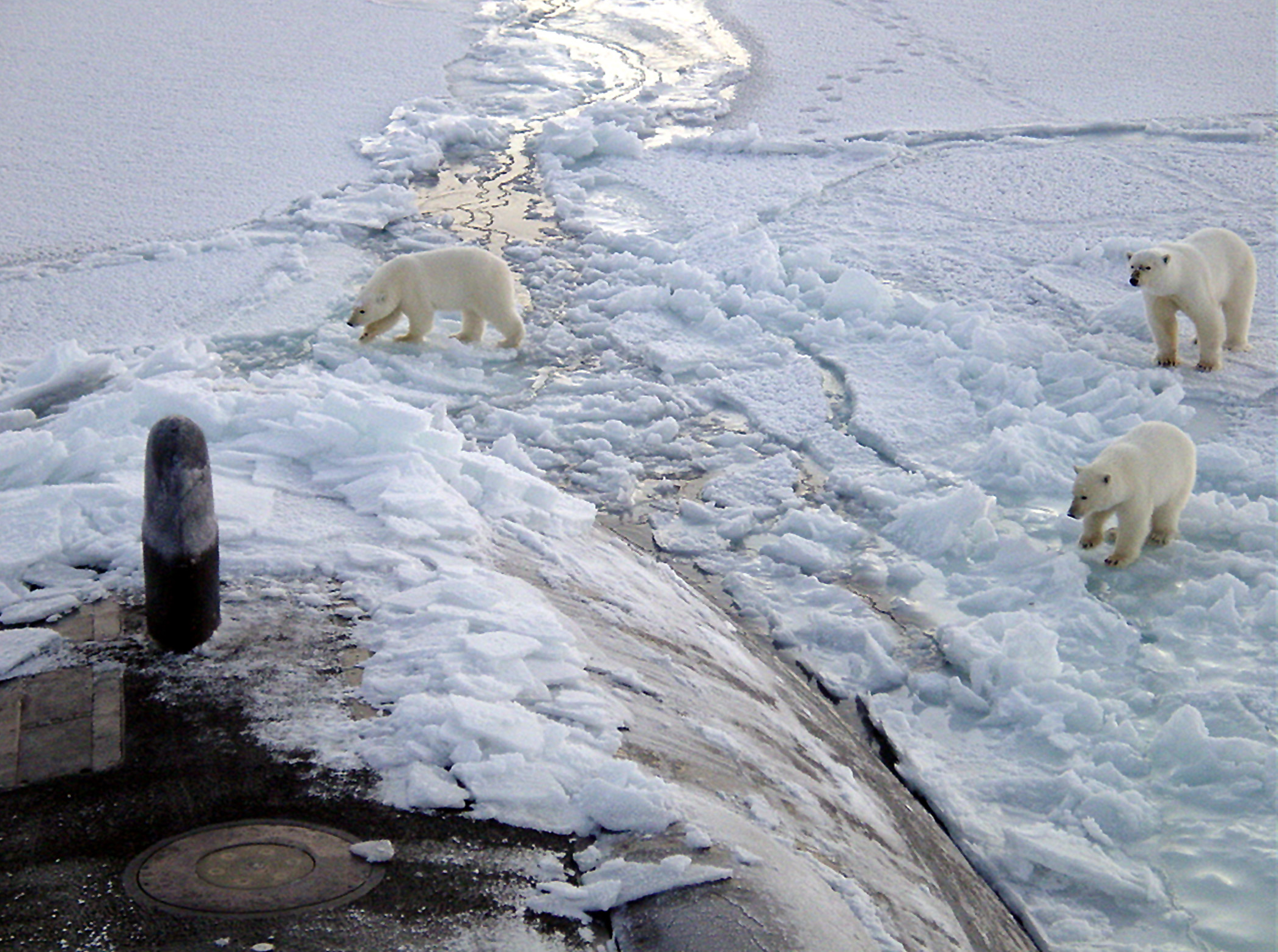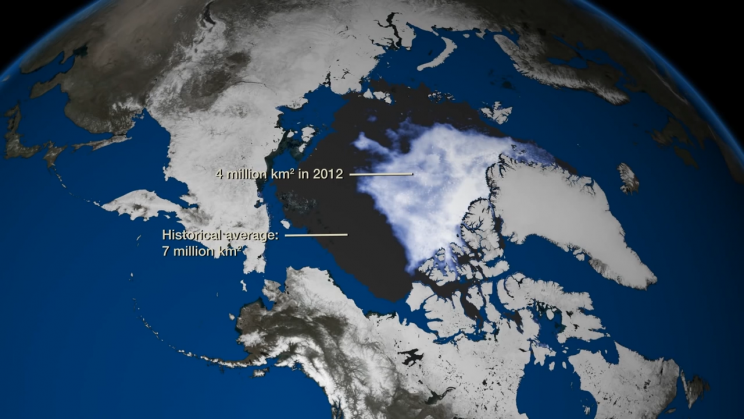Cold War Over Arctic Heats Up Amid Melting Polar Ice
In mid-August 2015, the Obama administration gave the green light for Royal Dutch Shell to start drilling for oil in the Arctic Ocean, off Alaska’s northwest coast.
![[Photo: Arctic Drilling]](http://www.unicornriot.ninja/wp-content/uploads/2015/08/shell-arctic-drilling-420x236.jpg)
“The Arctic region’s energy resources factor into a core component of our national security strategy.”
– US National Strategy for the Arctic Region
![[Photo: Shell drilling areas]](http://www.unicornriot.ninja/wp-content/uploads/2015/08/shelldrillingareas-744x493.jpg)
![[Photo: F-22 Raptors fly over Alaska]](http://www.unicornriot.ninja/wp-content/uploads/2015/08/F-22_Raptor_pair_over_Alaska_-_081010-F-1234X-924-420x280.jpg)
“The US military is the largest single consumer of fossil fuel in the world.”
– Center For Global Justice
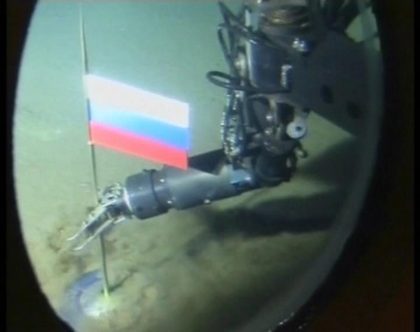
“The Arctic is a region that should be of great interest to the Alliance (NATO). Not because it is in any type of crisis or drama, rather the other way around: This is an area of cooperation, but it is also an area which is opening up to new activities which we did not see before because of the (melting) icecap.”
– Norwegian Foreign Minister, Espen Barth Eide
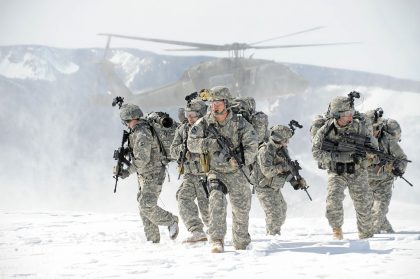
“Our pioneering spirit is naturally drawn to this region, for the economic opportunities it presents…”
– President Barack Obama
In April 2015, Canada held a “high Arctic” military exercise (Operation NUNALIVUT 2015) to train their forces in Arctic warfare. A year prior in August 2014, Canadian Foreign Minister John Baird raised the alarm on Russia’s military buildup in the region, vowing that it would not hesitate to defend Canadian sovereignty in the Arctic. Speaking to Canadian troops on Baffin Island, the prime minister Stephen Harper reassured them that they would always be needed to fend off threats to Canada in an increasingly changing environment. The prime minister also made Arctic sovereignty a focal point of last year’s northern tour, with remarks and announcements meant to demonstrate Canada’s control over its northern regions.
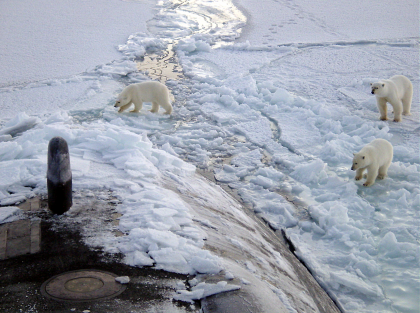
“…the new sailing routes, connections, resource race… There are enormous fossil fuel resources for instance. We always took an interest in areas with fossil fuel, like in the Arab world.”
– Norwegian Foreign Minister, Espen Barth Eide
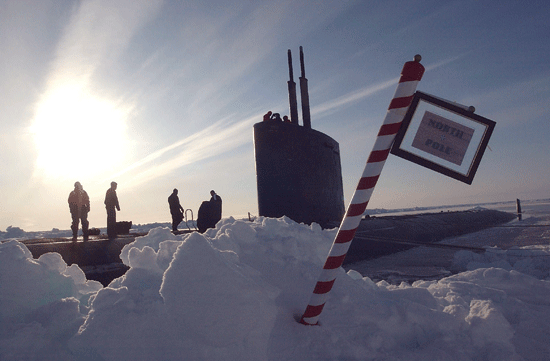
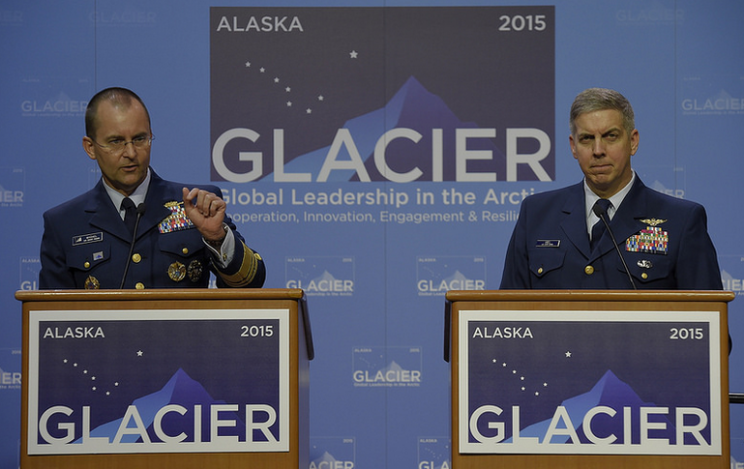
#ArcticDrilling #NATO #ClimateChange #MilitaryIndustrialComplex
Written by Andrew Neef
References:
http://www.nato.int/docu/review/2013/partnerships-nato-2013/changing-artic-nato-involve/en/index.htm
http://www.globaljusticecenter.org/militarism_and_global_warming
http://tass.ru/en/russia/769867
http://www.nunatsiaqonline.ca/stories/article/65674pm_harper_shuffles_veterans_affairs_minister_into_arctic_sovereignty/
http://news.gc.ca/web/article-en.do?nid=960009
http://www.liveleak.com/view?i=d20_1428881008
http://www.marketwired.com/press-release/US-Military-Is-the-Worlds-Number-One-Consumer-of-Fuel-1190025.htm
http://bit.ly/1ES0336
http://www.themoscowtimes.com/business/article/russia-starts-building-military-bases-in-the-arctic/506650.html
http://www.cbc.ca/news/politics/stephen-harper-raises-spectre-of-russian-threat-in-arctic-speech-to-troops-1.2747703
National Strategy for the Arctic Region (PDF)
www.whitehouse.gov/sites/default/files/docs/nat_arctic_strategy.pdf
